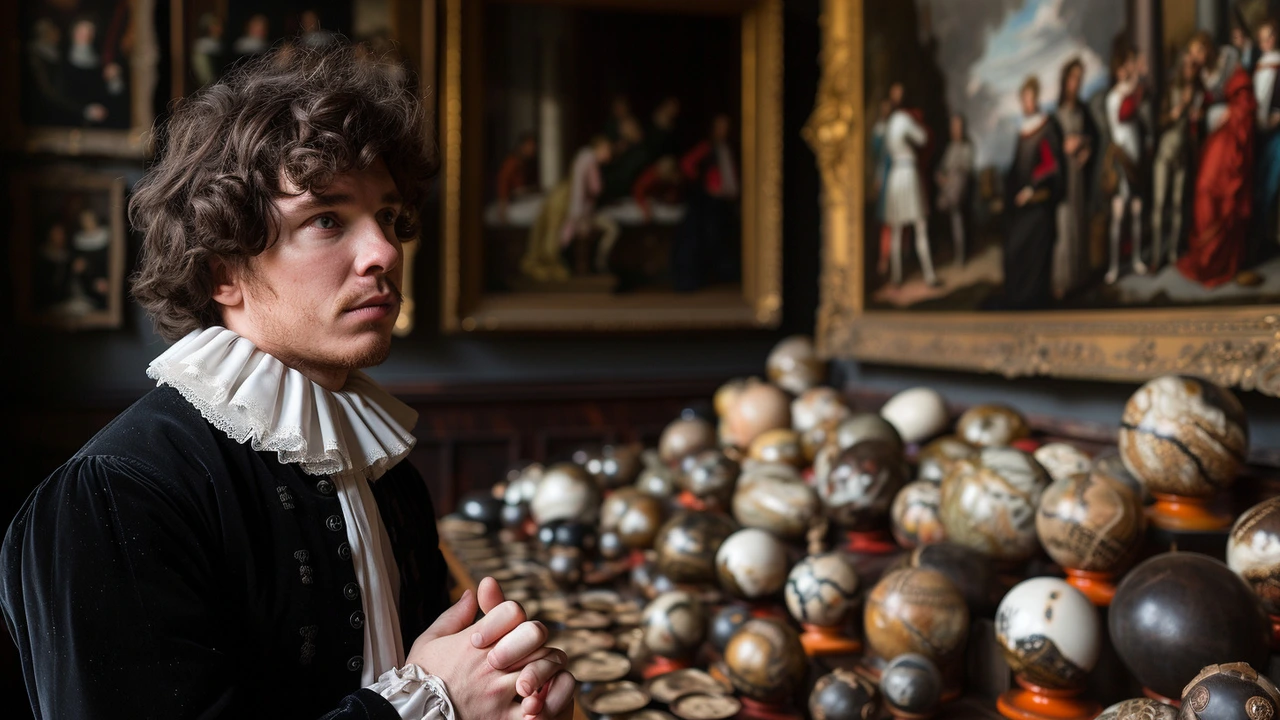Baroque Paintings: How to Read Drama, Light, and Motion
Baroque paintings grab you fast. They use strong contrasts, wild movement, and clear storytelling to make an emotional hit. If you want to actually understand what you see—rather than just admire it—start with the light.
Look for deep shadows and a bright focal spot. Artists like Caravaggio used chiaroscuro and tenebrism—big dark areas around a lit subject—to force your eye where they wanted. That light tells the story: who’s important, what’s happening, and where the drama lives.
The next thing is motion. Baroque compositions often use diagonals and twisting bodies. Rubens and Bernini (in sculpture, but the same idea applies) pushed forms into motion so scenes feel alive. When you see a hand mid-gesture or a cloak flying across the frame, you’re in Baroque territory.
Baroque is also about scale and emotion. Painters asked you to feel the moment, not just see it. Rembrandt’s faces show private reactions. Velázquez used subtle glances and layered space to create intimacy inside grand scenes. That blend of scale and feeling is what gives Baroque its power.
Recognize Baroque in 5 quick steps
1) Find the light source: is one area dramatically brighter? That’s a major clue. 2) Follow the diagonals: do lines push your eye across the canvas? 3) Check the palette: warm flesh tones, deep reds, and rich browns are common. 4) Read the gestures: are faces and hands expressive? They carry the story. 5) Look for realism: messy details—dirt, worn clothes, real skin—anchor the drama.
Want concrete examples? Caravaggio’s The Calling of Saint Matthew is a masterclass in light and narrative. Rubens’ altarpieces show motion and lush color. Rembrandt’s portraits reveal emotion through subtle lighting and texture.
Using Baroque style at home
If you want Baroque vibes without a museum budget, try three moves. One: pick one dramatic artwork or print and make it the room’s focal point. Two: use warm, layered lighting—avoid flat overhead bulbs. Three: balance bold art with simpler furniture; Baroque works best when it gets the spotlight, not a messy background.
Buying tips: study images for light and gesture before you buy. Reproductions that lose shadow detail often lose the whole effect. For framing, go classic but not always heavy—sometimes a thin dark frame keeps the drama without feeling dated.
Baroque paintings are built to move you. Once you know to watch for light, motion, and emotion, each piece becomes easier to read. Try these steps next time you’re in a gallery or scrolling online—you’ll start spotting Baroque moments everywhere.

